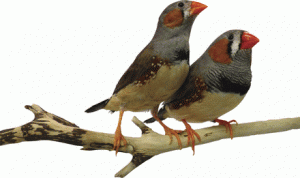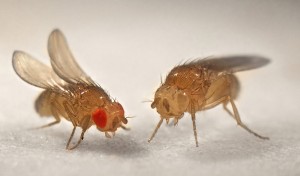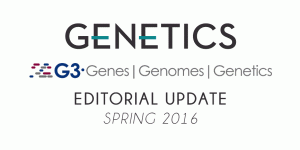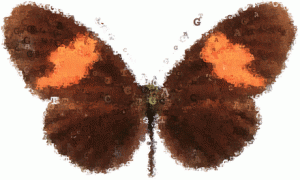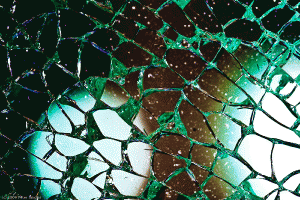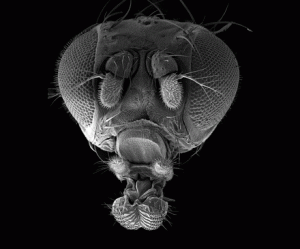Enter your address to receive notifications about new posts to your email.
Articles tagged G3 Journal
(205 results)
-
New in G3: Cotton, Candida, and Chlamydomonas
Check out the June issue of G3! Investigations Sdt97: A Point Mutation in the 5′ Untranslated Region Confers Semidwarfism in Rice Jiping Tong, Zhengshu Han, Aonan Han, Xuejun Liu, Shiyong Zhang, Binying Fu, Jun Hu, Jingping Su, Shaoqing Li, Shengjun Wang, and Yingguo Zhu G3 June 2016 6:1491-1502; Early Online April 29, 2016 doi:10.1534/g3.116.028720 Abstract…
-
Runaway amplification: 800 copies and counting
Massive amplification of genes is a desperate strategy taken by stressed populations adapting to an environment that has become inhospitable. Such amplifications can give an underperforming gene a much-needed boost in productivity simply by increasing its copy number. But counterintuitively, research reported in the May issue of G3 implies these amplifications may arise even in…
-
New in G3: songbird speciation and mapping challenging mutations
Check out the May issue of G3! Investigations The Genetic Basis of Baculum Size and Shape Variation in Mice Nicholas G. Schultz, Jesse Ingels, Andrew Hillhouse, Keegan Wardwell, Peter L. Chang, James M. Cheverud, Cathleen Lutz, Lu Lu, Robert W. Williams, and Matthew D. Dean G3 May 2016 6:1141-1151; Early Online March 2, 2016 doi:10.1534/g3.116.027888…
-
Overly fastidious flies shed light on neurofibromatosis
Fruit flies that devote an excessive amount of time to grooming themselves could serve as a powerful tool for understanding the inherited disorder neurofibromatosis, type 1 (NF-1), report researchers in the latest issue of G3: Genes|Genomes|Genetics. NF-1 leads to the development of benign tumors in the peripheral nervous system. Common complications of NF-1…
-
GENETICS and G3 Spring 2016 Editorial Board Update
GENETICS and G3 are excited to welcome new editors and to announce editorial changes for the current quarter. GENETICS Senior Editors: Karl Broman, Nick H. Barton, Oliver Hobert, and Audrey Gasch GENETICS Associate Editors: Oliver Rando, Kirsten Bomblies, Giovanni Bosco, Graham Coop, Thomas E. Juenger, Alan Moses, John Novembre, Daven Presgraves, Valerie Reinke, and Nathan Springer G3 Associate Editors: Ross Houston,…
-
New in G3: heat shocked worms and CRISPRed chickens
Check out the April issue of G3! Meeting Report Evolution of Plant Phenotypes, from Genomes to Traits Josep M. Casacuberta, Scott Jackson, Olivier Panaud, Michael Purugganan, and Jonathan Wendel G3 April 2016 6:775-778; Early Online February 11, 2016 doi:10.1534/g3.115.025502 Full Text | Full Text (PDF) Investigations Utilizing Gene Tree Variation to Identify Candidate Effector Genes…
-
Wine yeast genomes lack diversity
Sequencing the genomes of hundreds of strains of the wine yeast S. cerevisiae has revealed little genetic diversity and high levels of inbreeding. In many cases, yeast strains sold by different companies were almost genetically identical. The results, published in the April issue of G3: Genes|Genomes|Genetics, suggest that winemakers attempting to develop improved wine yeasts…
-
Evolving butterflies and genome assemblies
The dizzying array of wing patterns in Heliconius butterflies has served as a model for evolution and adaptation in the wild for more than a century. The genus is most famous for the way different species within a geographic region tend to converge on similar wing markings—known as biological mimicry. In the latest issue of…
-
New in G3: butterfly evolution, barley genetic drift, and stickleback ornamentation
Check out the March issue of G3! Investigations Partial Dominance, Overdominance, Epistasis and QTL by Environment Interactions Contribute to Heterosis in Two Upland Cotton Hybrids Lianguang Shang, Yumei Wang, Shihu Cai, Xiaocui Wang, Yuhua Li, Abdugheni Abduweli, and Jinping Hua G3 March 2016 6:499-507; Early Online December 29, 2015, doi:10.1534/g3.115.025809 Abstract | Full Text |…
-
Shattered and Shifted: Complex genomic rearrangement in C. elegans
Chromosomes can shatter. In a single, catastrophic rearrangement event, tens to hundreds of breakpoints are repaired imperfectly and result in a shuffling of genetic material. One such event affects insulin signaling and dauer formation in C. elegans, as reported in this month’s G3. Chromosome shattering, or chromothripsis, is a recently described phenomenon found in some…
-
New in G3: Dark flies, wavy flies, and stressed yeast
Check out the February issue of G3! Investigations Comparative Phylogenomics of Pathogenic and Nonpathogenic Species Emily Whiston and John W. Taylor G3 February 2016 6:235-244; Early Online November 27, 2015, doi:10.1534/g3.115.022806 Abstract | Full Text | Full Text (PDF) | Supporting Information An RNAi-Based Candidate Screen for Modifiers of the CHD1 Chromatin Remodeler and Assembly Factor…




